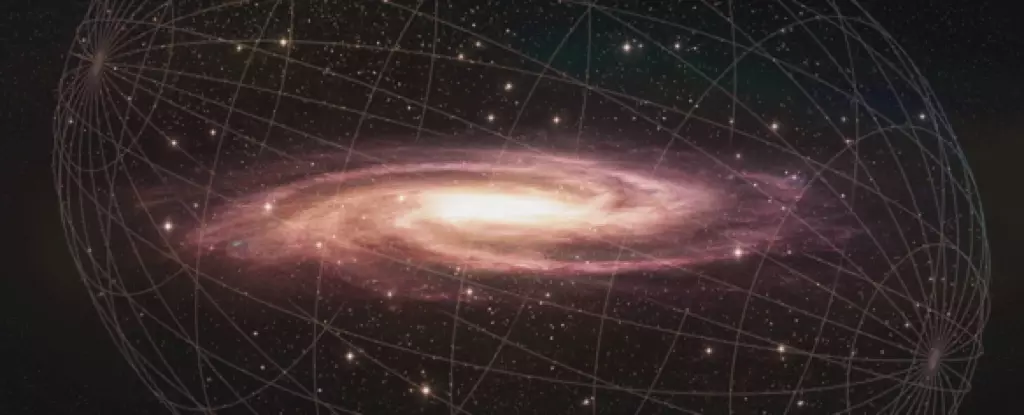The universe is vast and full of mysteries, with countless galaxies and stars scattered throughout the cosmos. In our little corner of the Universe, the Milky Way is not alone. Tiny, faint dwarf galaxies, some containing as few as a thousand stars, orbit around our cosmic neighborhood in graceful circuits. Recent discoveries have added two more satellites to the collection, named Virgo III and Sextans II. However, instead of solving the existing mysteries, these new findings have only deepened the puzzle as they indicate that there may be “too many” satellites in the vicinity.
Dark matter is a mysterious substance that is invisible but exerts gravitational influence on surrounding matter, including galaxies like the Milky Way. Current models of dark matter predict that our galaxy should have a larger number of dwarf galaxy satellites than have been detected so far. The recent discoveries of Virgo III and Sextans II, along with previous findings, have raised questions about the accuracy of these models. According to the data gathered from the Hyper Suprime-Cam (HSC) Subaru Strategic Program (SSP), the number of dwarf galaxies in a specific region of space exceeds the predictions made by dark matter models.
A team of astronomers led by Daisuke Homma from the National Astronomical Observatory of Japan has been diligently scouring the skies for clues to solve this puzzling phenomenon. Despite moving things around and considering alternative models, the “too many satellites” problem persists. The best current model suggests that there should be approximately 220 dwarf galaxies orbiting the Milky Way, but extrapolating the data from the HSC-SSP footprint indicates a number closer to 500 satellites. However, it is still unclear whether the concentration of satellites in the observed region is representative of the entire space around our galaxy.
As researchers grapple with the enigma of the excess dwarf galaxies in the vicinity of the Milky Way, new tools and technologies offer hope for further exploration. Astronomer Masashi Chiba of Tohoku University highlights the importance of using more powerful telescopes like the upcoming Vera C. Rubin Observatory in Chile, which will provide a wider view of the sky. By continuing to survey different patches of the sky and counting the dwarf galaxies found, scientists hope to gain a better understanding of the distribution and prevalence of these celestial bodies.
The discovery of additional dwarf galaxies orbiting the Milky Way has presented a conundrum that challenges our current understanding of dark matter and galaxy formation. While the “too many satellites” problem may seem perplexing, it also offers an exciting opportunity for further research and discovery in the field of astronomy. By unraveling the mysteries of these faint celestial entities, we may unlock new insights into the nature of our universe and our place within it.


Leave a Reply